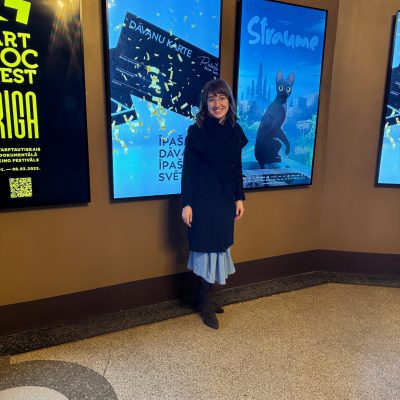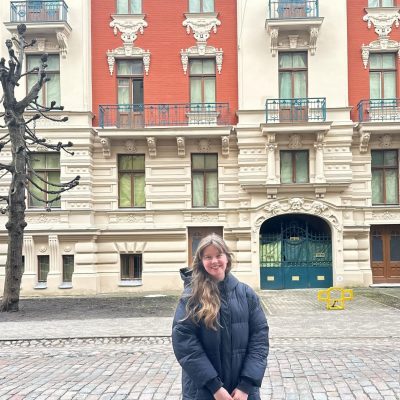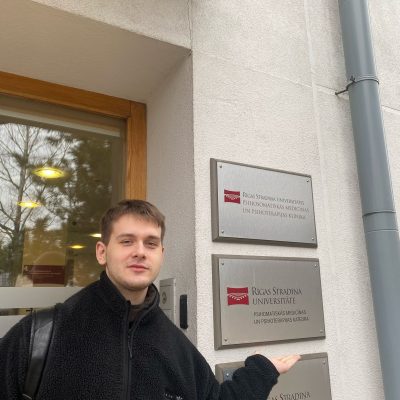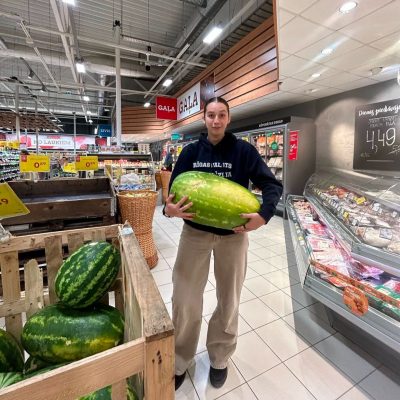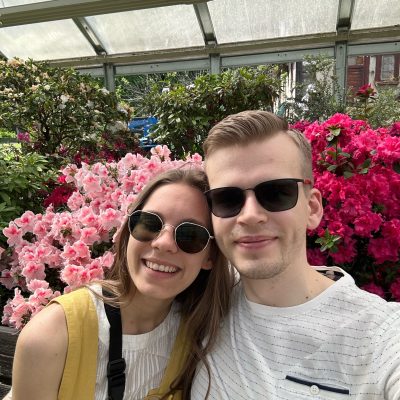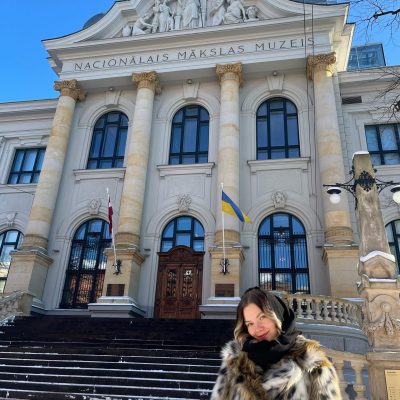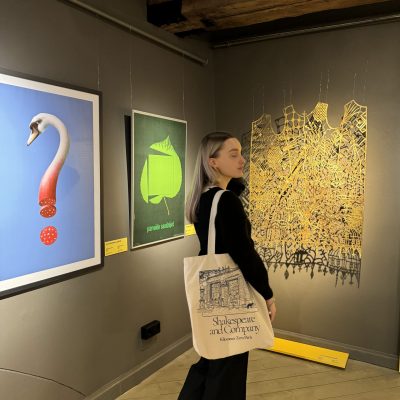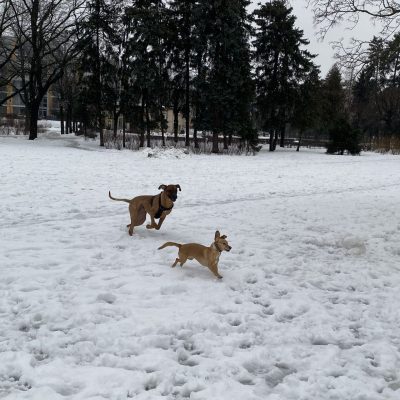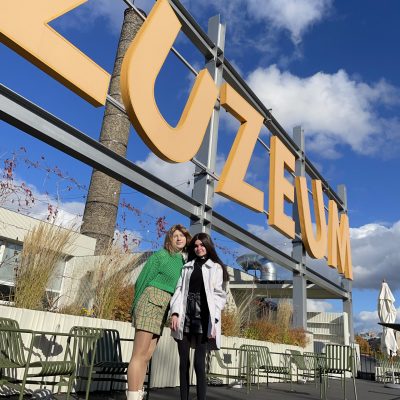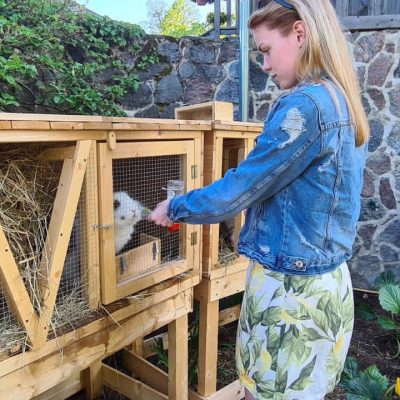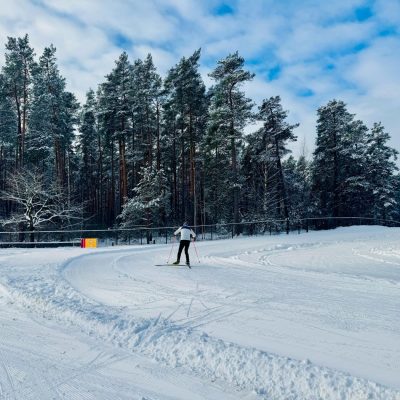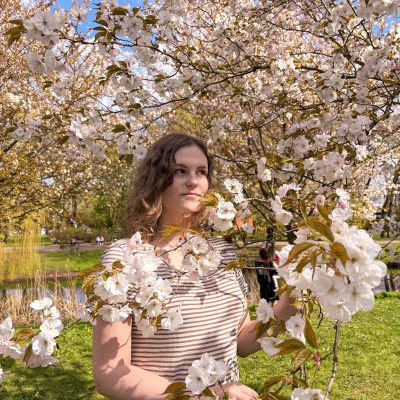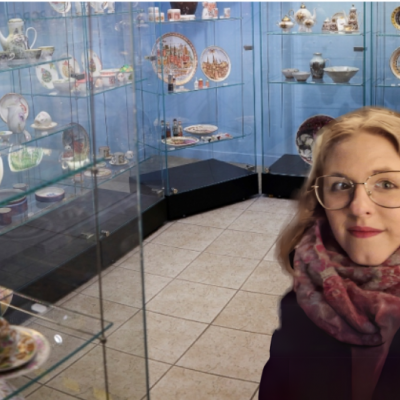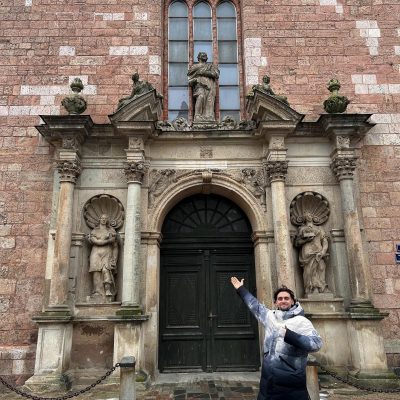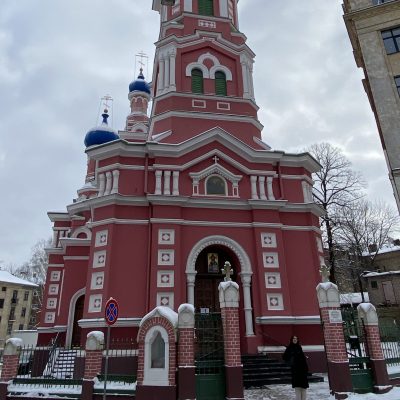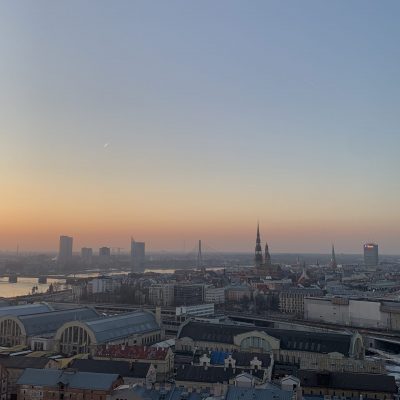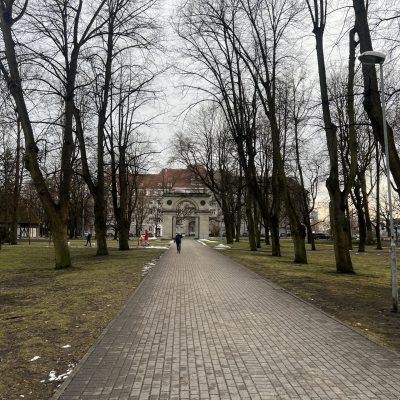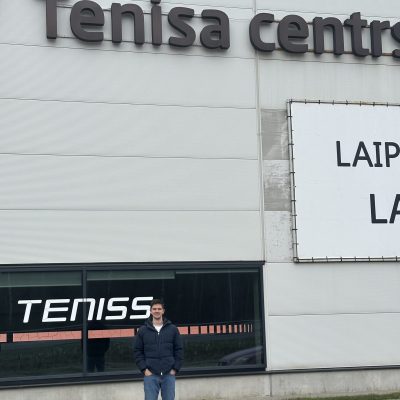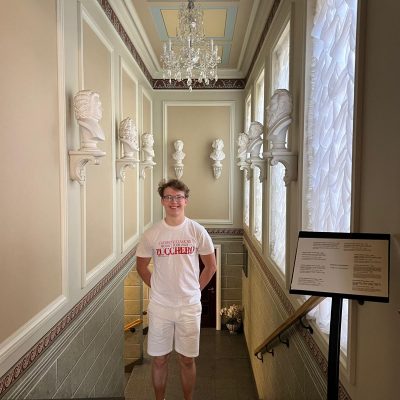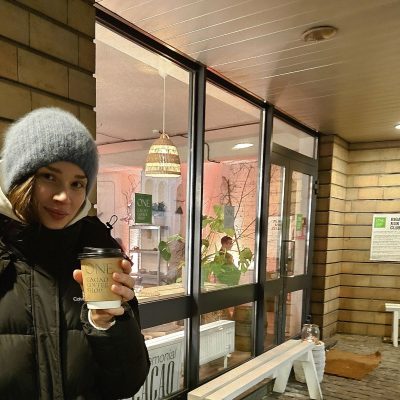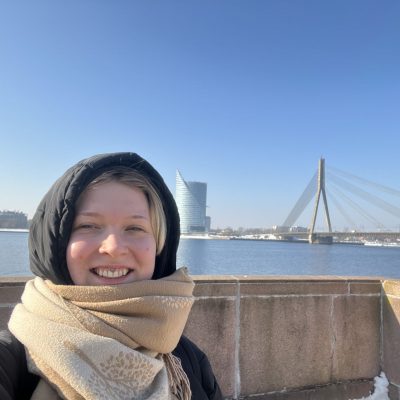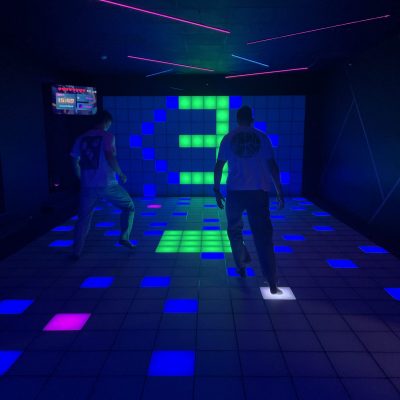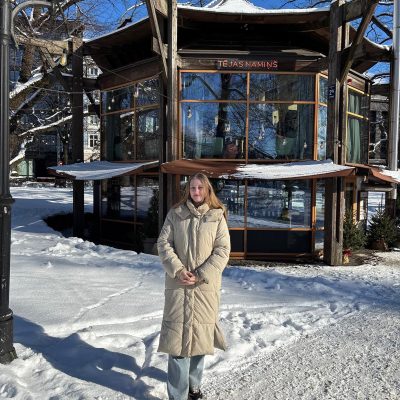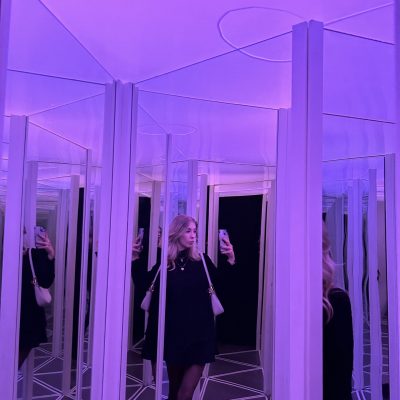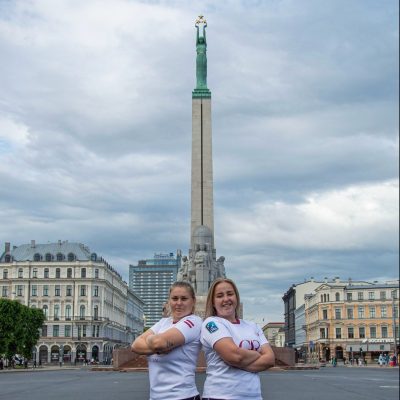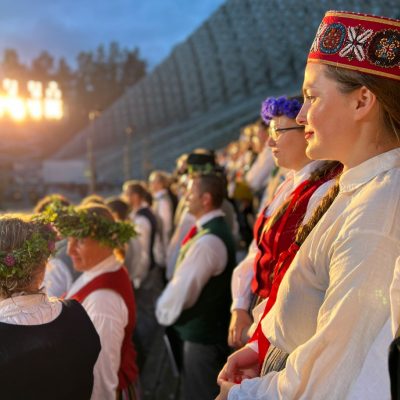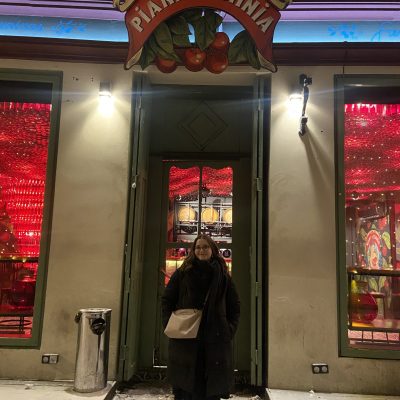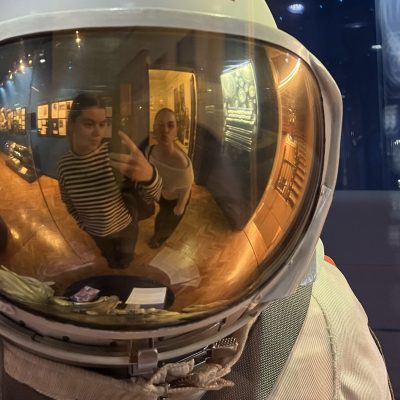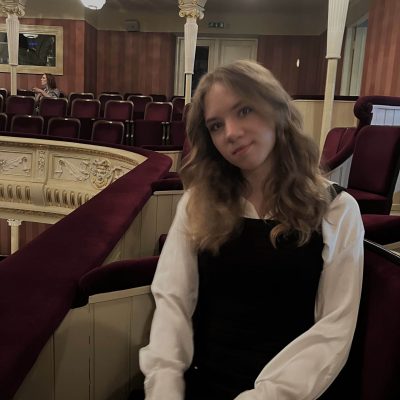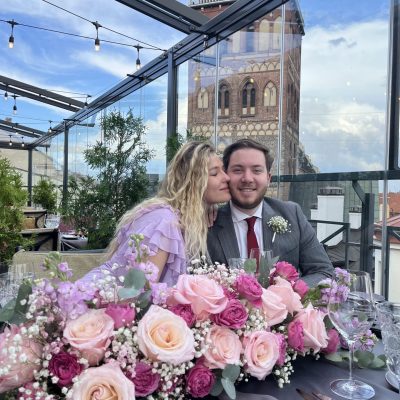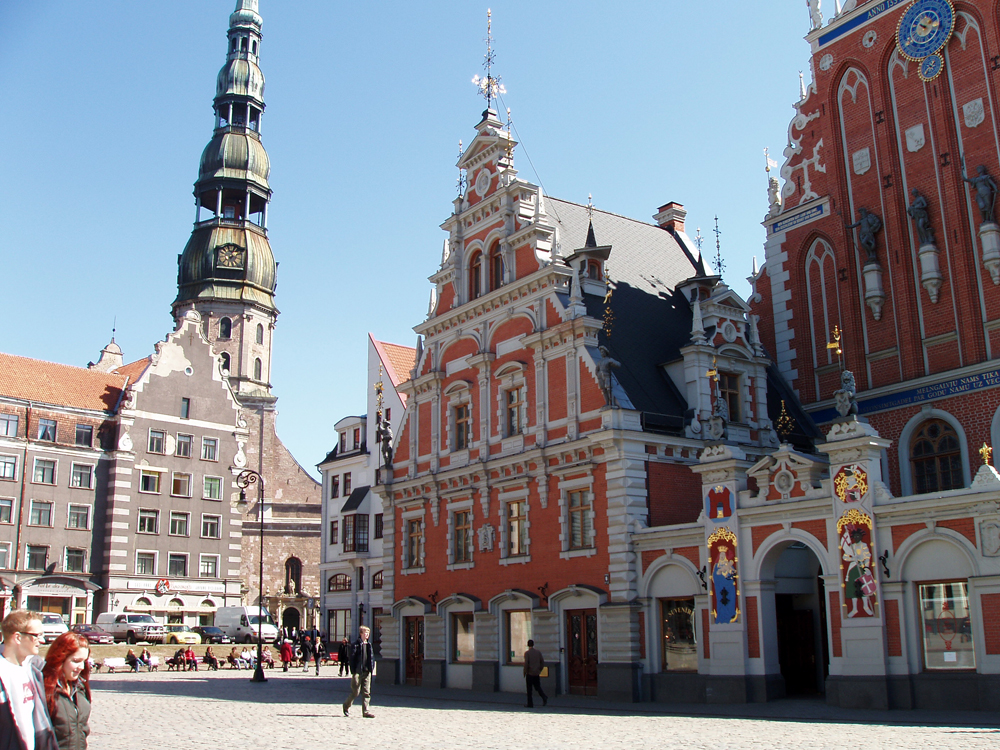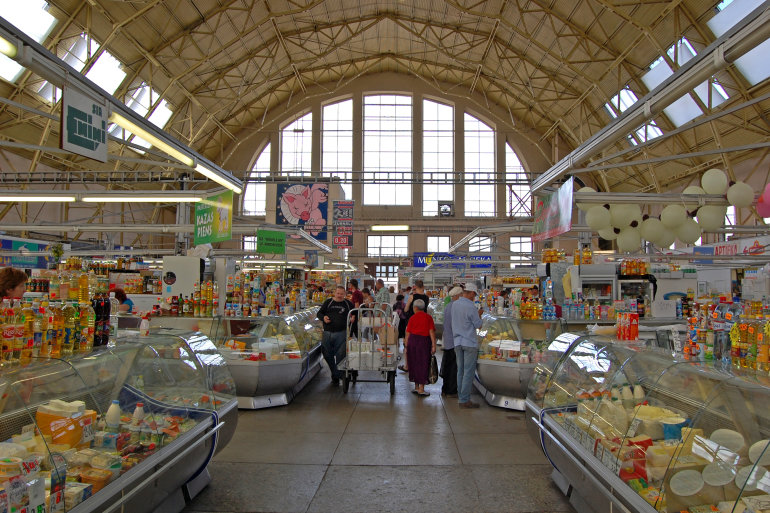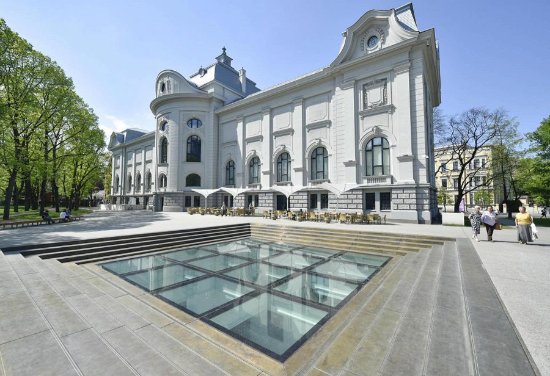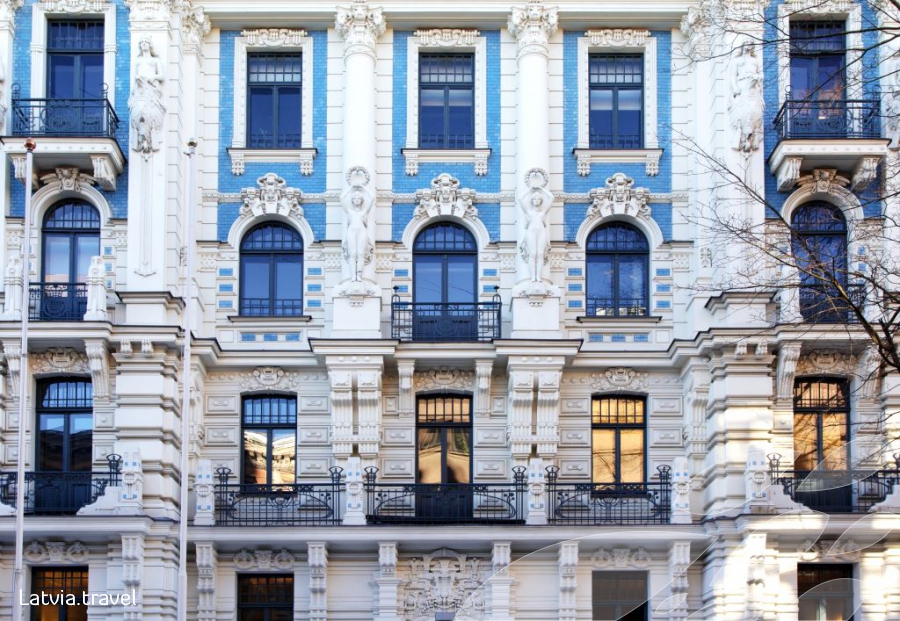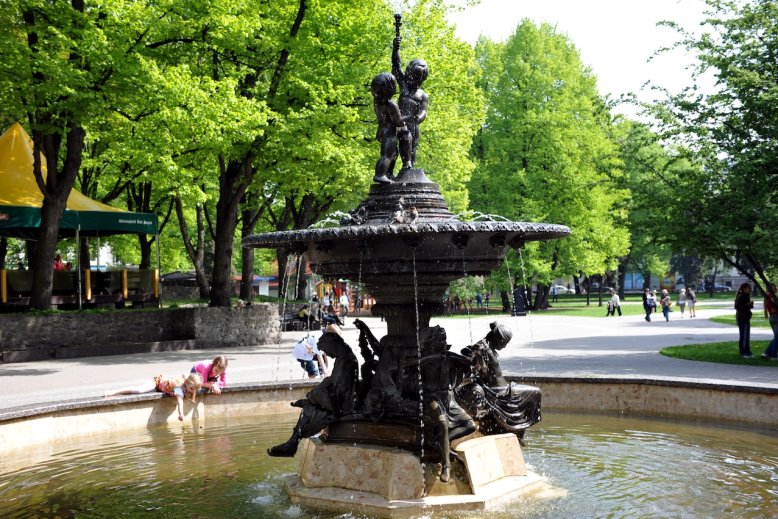Latvia is a Member State of European Union and adheres to the Schengen Agreement. Rīga can be easily reached by various means of transport – plane, ferry, train or bus. Latvia has land borders with Estonia, Lithuania, Belarus and Russia.
Riga, the capital city, is the pearl both of Latvia and the whole of the Baltics. Riga is included in the UNESCO World Cultural and Natural Heritage list. In the recent years Riga is becoming increasingly popular as a major European travel and leisure destination. Serving as the European Capital of Culture 2014, the city offers dynamic cultural life with regular local and international events at National Opera, concert halls, theatres and exhibition halls, as well as numerous smaller arts, craft and music feasts. The city is more than 800 years old and its architectural heritage unites plentiful variety of styles, forms and sizes – from XII-XIII century churches and medieval architecture to historical wooden quarters and exquisite Art Nouveau buildings.
Rich cuisine in combination with healthy local culinary traditions makes Riga true regional gastronomy capital. Sport centres, race tracks, parks and abundance of water resources are perfect for active people. Top-quality SPA centres, beauty procedures and traditional baths are guaranteed to be pleasurable experience. Riga is a modern capital; it is perfect for shopping and ideal for business. City is rich with parks and even woods, which makes it easy to breathe and enjoyable to walk here; national parks and untouched Latvian nature in close proximity of Riga are a perfect destination for all ecological tourism and hiking activists.
Academic experience is an important aim, but visiting Riga is an enriching and pleasant experience per se.
Find out more about what Riga has to offer in the video above.
